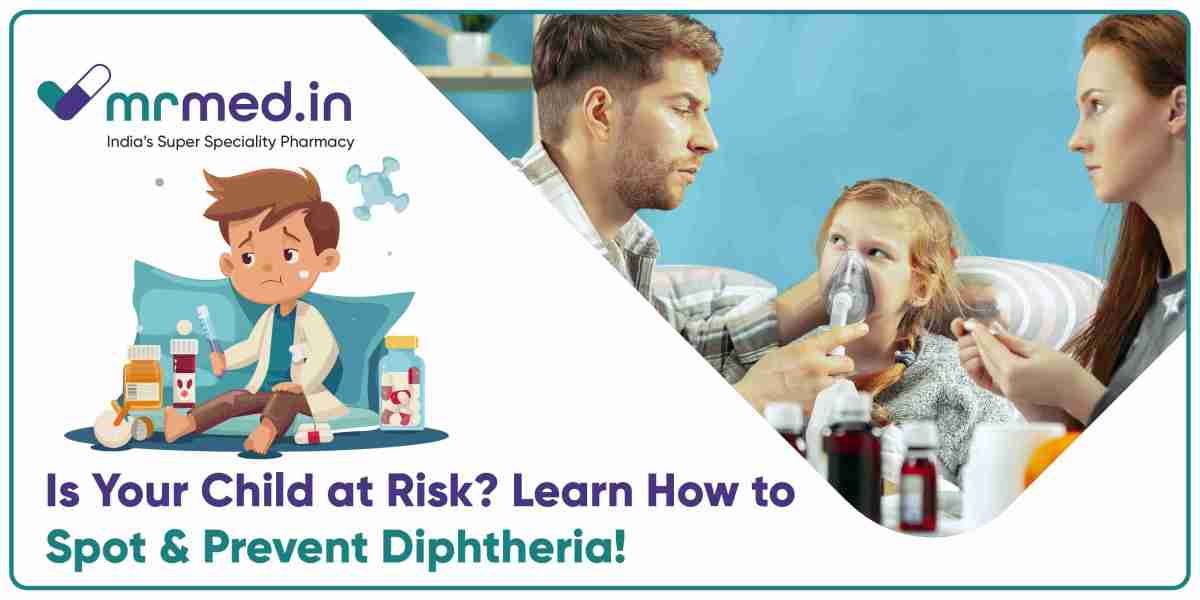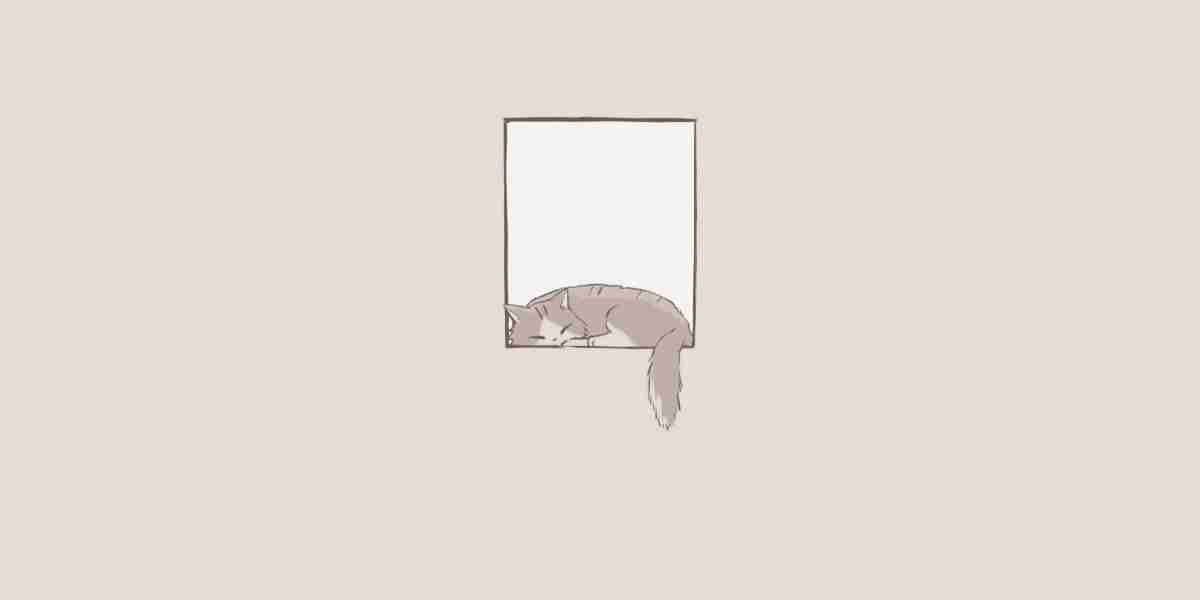Diphtheria is a serious bacterial infection that can turn life-threatening if not treated in time. Though rare due to vaccinations, it still poses a threat, especially for unvaccinated children. Recognising its symptoms, understanding the risks, and knowing the treatment options can help in early intervention and prevention.
What Are the Symptoms of Diphtheria in Children?
Diphtheria is caused by the Corynebacterium diphtheriae bacteria and primarily affects the respiratory system. The symptoms can appear within 2-5 days after infection. Look out for these common signs:
Sore throat and hoarseness: Your child may have pain while swallowing and a scratchy voice.
Greyish-white coating in the throat: A thick membrane forms over the tonsils and throat, making it hard to breathe.
Fever and chills: Mild to moderate fever is often accompanied by sweating and fatigue.
Swollen glands in the neck: The lymph nodes may enlarge, giving a ‘bull-neck’ appearance.
Difficulty breathing: Severe cases can lead to airway blockage, requiring emergency medical intervention.
Runny nose with a foul smell: A nasal infection can cause a bloody discharge.
How Can Diphtheria Affect Your Child’s Health?
Without treatment, it may result in serious complications. The toxins released by the bacteria spread through the bloodstream, damaging vital organs. Some serious health risks include:
Heart damage: The bacteria can affect the heart muscles, leading to irregular heartbeats or heart failure.
Nerve damage: The infection can weaken muscles, causing paralysis, especially in the diaphragm, leading to breathing difficulties.
Breathing problems: A blocked airway may require a ventilator to assist breathing.
Pneumonia: A secondary bacterial infection can worsen respiratory distress.
Diphtheria spreads through coughing, sneezing, or touching contaminated objects. Children in crowded areas or with weak immune systems are more vulnerable.
How Can You Protect Your Child from Diphtheria?
The best way to safeguard against diphtheria is by getting vaccinated. The childhood immunisation schedule includes a combination vaccine that protects against multiple infections. This includes diphtheria, tetanus, haemophilus influenzae type B, hepatitis B, pertussis, and poliomyelitis.
Doctors recommend children receive multiple doses, starting at six weeks of age, with booster shots later in life. Maintaining proper hygiene, avoiding close contact with infected individuals, and ensuring up-to-date immunisation can reduce the risk significantly.
What Are the Treatment Options for Diphtheria?
If your child is diagnosed with diphtheria, immediate medical attention is necessary. The treatment usually involves:
Hospitalisation: Severe cases require isolation in a hospital to prevent the infection from spreading.
Antibacterial medicines: These medications kill the bacteria and prevent further complications.
Diphtheria antitoxin: This helps neutralise the toxins in the bloodstream.
Oxygen support: If breathing is compromised, oxygen therapy or mechanical ventilation may be required.
Vaccination: Following recovery, doctors may recommend the Infanrix injection to ensure long-term immunity and prevent future infections.
Early diagnosis and treatment improve recovery chances. If your child shows any diphtheria symptoms, seek medical help immediately.
How Can You Help Your Child Recover from Diphtheria?
After hospital treatment, home care plays a crucial role in a child’s full recovery. Here’s how you can support their healing process:
Ensure complete rest: Encourage your child to avoid physical exertion and get plenty of sleep.
Give soft, nutritious foods: Since swallowing may be painful, opt for soups, mashed fruits, and protein-rich meals.
Keep them hydrated: Offer water, fresh juices, and electrolyte drinks to keep them hydrated.
Monitor breathing: Watch for any signs of breathing difficulties and consult a doctor if needed.
Complete the full course of medication: Stopping medicine early may lead to reinfection or complications.
What Should You Do if Your Child Was in Contact with an Infected Person?
If your child was exposed to someone with diphtheria, don’t wait for symptoms to appear. Take these preventive measures:
Visit a doctor immediately: They may prescribe prophylactic antibiotics or a booster vaccine.
Watch for early symptoms: Keep an eye on sore throat, fever, or breathing issues.
Limit contact with others: Prevent the infection from spreading by ensuring proper hygiene.
Final Thoughts
Diphtheria may sound like an old disease, but it still exists and can be dangerous if ignored. Understanding its symptoms, risks, and treatment options helps in early intervention. Most importantly, ensuring your child is vaccinated and other routine immunisations is the best protection against this life-threatening infection. Stay informed, stay protected, and keep your child safe from diphtheria!







